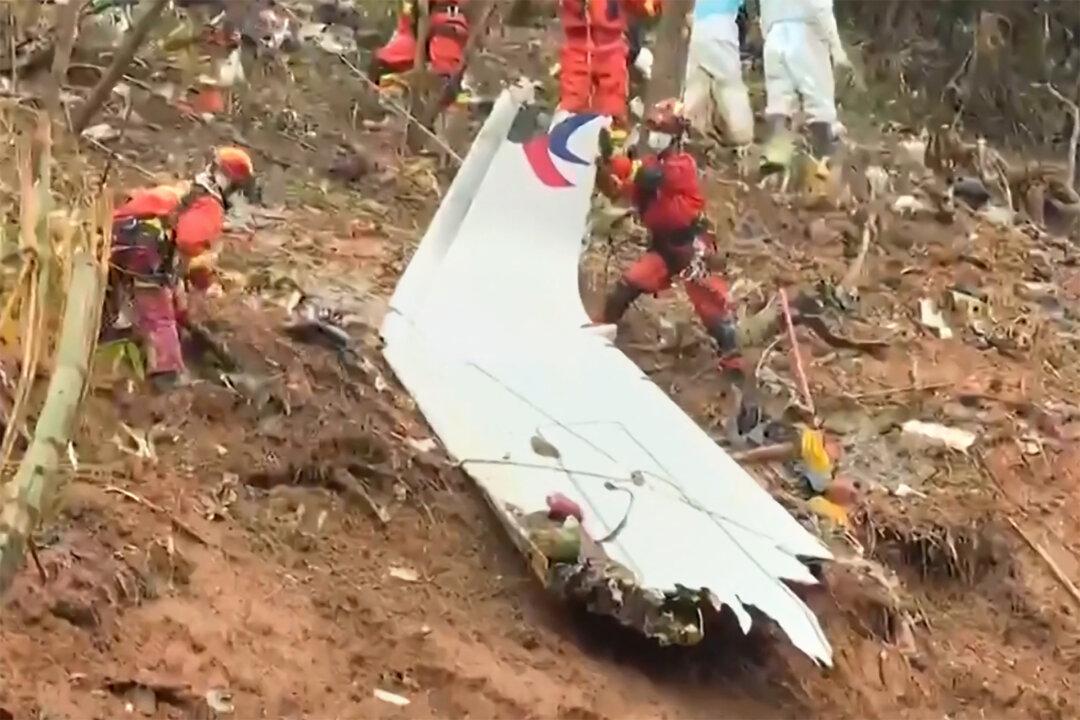A former official at the National Transportation Safety Board (NTSB) discourages speculation about the causes of the China Eastern Airlines Flight 5735 accident, urging the public to stay patient until black box data is read.
Barry Strauch, former deputy chief of the NTSB’s major investigations division, served as an air crash investigator for 33 years. He also holds licenses as a pilot and an instructor, and authored the book “Investigating Human Error: Incidents, Accidents, and Complex Systems.” Currently, he is the principal of Strauch Associates, which provides consulting and training services in human factors and transportation accidents.





